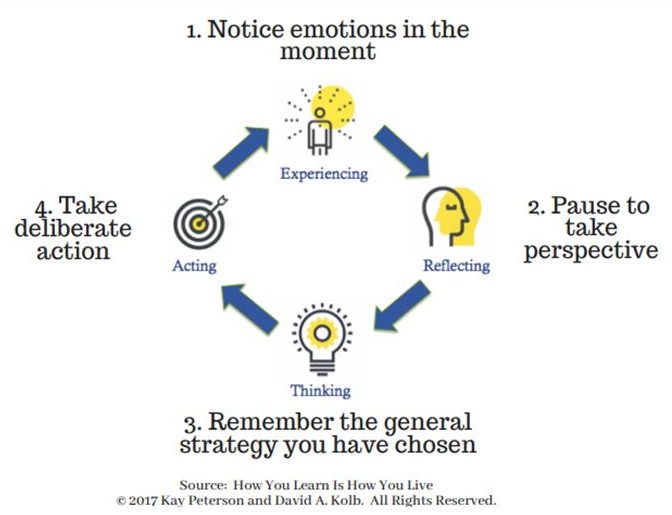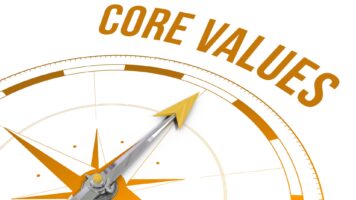4 Steps to Make Decisions on the Fly

Personal Development
October 26, 2018
Kay Peterson
Topics
Daniel Kahneman, fast thinking, ipad tipping, reflect, slow thinkingIf you are put into a situation where you need to make decisions quickly, you may find that you react differently than you would if you had more time to consider your options.
I was reminded of this familiar situation recently when I was in a local coffee shop that uses an iPad screen for payment. After the server took my order, she swung the iPad screen around, allowing me to sign and tip while she and all the other customers in line looked on. I was forced to make a quick decision publicly. I chose to be generous. It was only after the fact that I realized my generosity had not been genuine. Instead, it was a desire to have a good relationship with the server and others in line that had motivated my ridiculous tip.
Others have noticed this uncomfortable moment, too. A recent WSJ article commented on the awkward etiquette of iPad tipping. Patrons say that these devices “guilt you into” leaving a bigger tip than normal, because servers are standing there watching and you want to make them happy. If you are like most people, you want to be generous with servers; but does it really make sense to leave a $2.50 tip for a $5 order carried less than two feet from the coffee bar to the counter?
When forced to think on the fly, your “thinking on your feet” may leave you questioning your judgment after the encounter. Contrast this with the way you think when you have time to be slow and deliberate, such as when you plan carefully over time for a big purchase. Daniel Kahneman defined these two ways of thinking in his 2011 book Thinking Fast and Slow. Kahneman describes the fast-thinking experiencing self and a slow-thinking remembered-thinking self, combined in the four-step process below.
Fast Thinking vs. Slow Thinking
The fast-thinking method includes the experiencing and acting steps (steps 1 and 4 below). Here you take action largely outside of conscious awareness using your intuitive, embodied mind to manage direct, concrete experience in the immediate, specific context. Contrast this to thinking slow (reflecting and thinking, steps 2 and 3 below), in which you use memories of concrete experiences and interpret them through reflecting and thinking.

Certainly, each of these two methods is helpful in different contexts. The fast-thinking method helps you to respond immediately to a complex dynamic context. The slow-thinking method allows you to remove yourself from the context to carefully analyze and consider proven methods. You can combine these two cycles to make more effective decisions that allow you to learn from every experience. By making this process explicit and using all four steps of this decision-making (and learning) cycle, you improve your chance of making an effective decision on the fly, even when others are watching. These four steps will allow you to balance the tensions of paying attention to the relationship and following some rational rules; pausing momentarily to take some perspective and acting deliberately. When you are dissatisfied with your decision after the fact, chances are that you are skipping one of the steps.
You can also apply this simple method as you make other decisions in work and family life that seem to “guilt you” into a remorseful response.
Instead of being rushed into an immediate unconscious response, take a few seconds longer to make decisions with choice. Then, even if you decide to leave a 50% tip, you will be doing it with deliberate action, not guilt.





